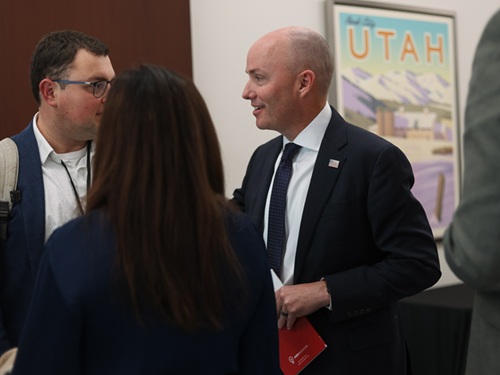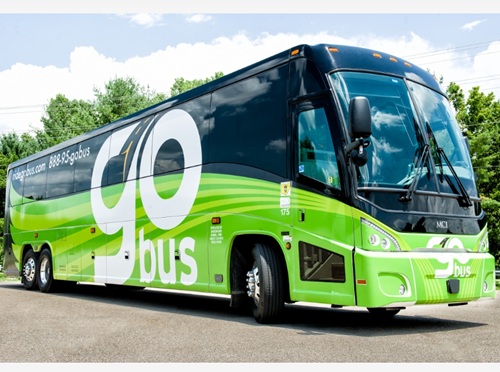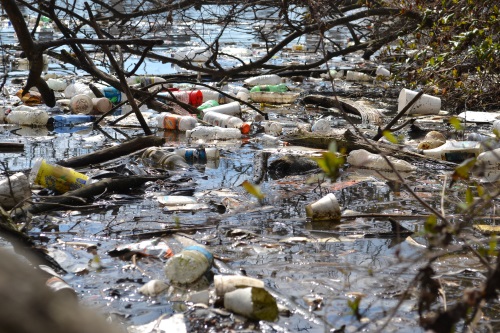The Maryland Department of Transportation’s State Highway Administration is launching a pilot education program with Living Classrooms Foundation that will encourage activities to reduce pollution to Maryland waterways and the Chesapeake Bay, with the overall success of this endeavor to be measured under Maryland Department of the Environment (MDE).
[Above photo by the Chesapeake Bay Foundation.]
“Working with Living Classrooms and other Bay partners, this program will help us empower one of our greatest resources in cleaning up the Chesapeake Bay – our young people,” explained Gregory Slater, Maryland’s transportation secretary, in a statement. “Together we will educate future stewards of the environment with a program that’s informative, innovative, and driven by data to achieve real progress in restoring the bay.”

He said SHA is investing in the program as part of the agency’s commitment to pollution reduction goals under its municipal stormwater permit. Meanwhile, MDE will work with SHA and Living Classrooms to establish a scientific basis for credits SHA would receive toward its stormwater permit obligations; credits for “environmentally positive actions” resulting from this educational program.
Those “actions” might include reducing the use of fertilizer, building rain gardens, using rain barrels to reduce polluted stormwater runoff, or increasing the use of public transit to reduce emissions that can deposit nutrient pollution in the bay.

The agency noted that this pilot project is designed to tie environmental education and pollutant reductions together through rigorous social and scientific monitoring. When students are moved to install rain gardens for capturing stormwater runoff or take mass transit for reducing harmful emissions, those actions can be tracked, pollutant reductions can be measured, and stormwater discharges can be reduced.
The scientific basis for crediting an educational best management practice supports the Chesapeake Bay Program’s Citizen Stewardship Outcome Management Strategy, which holds that the long-term success and sustainability of the Chesapeake Bay restoration effort will ultimately depend on the actions and support of the 17 million residents who call the watershed home.
Slater, who previously served as SHA’s administrator, said the partnership with Living Classrooms was sparked by ongoing concern with litter that affects the health of the bay – noting that in 2018, the Maryland DOT spent more than $9 million on litter abatement.
“Maryland DOT’s environmental programs are a key part of our mission and we are continuously looking for innovative partnerships in yielding sustainable results,” Slater said. “This partnership recognizes that education is just as important as our physical efforts to tackle pollution.”
 States
States
Master Plan Map Completed for Utah Trail Network
October 31, 2025 States
States

